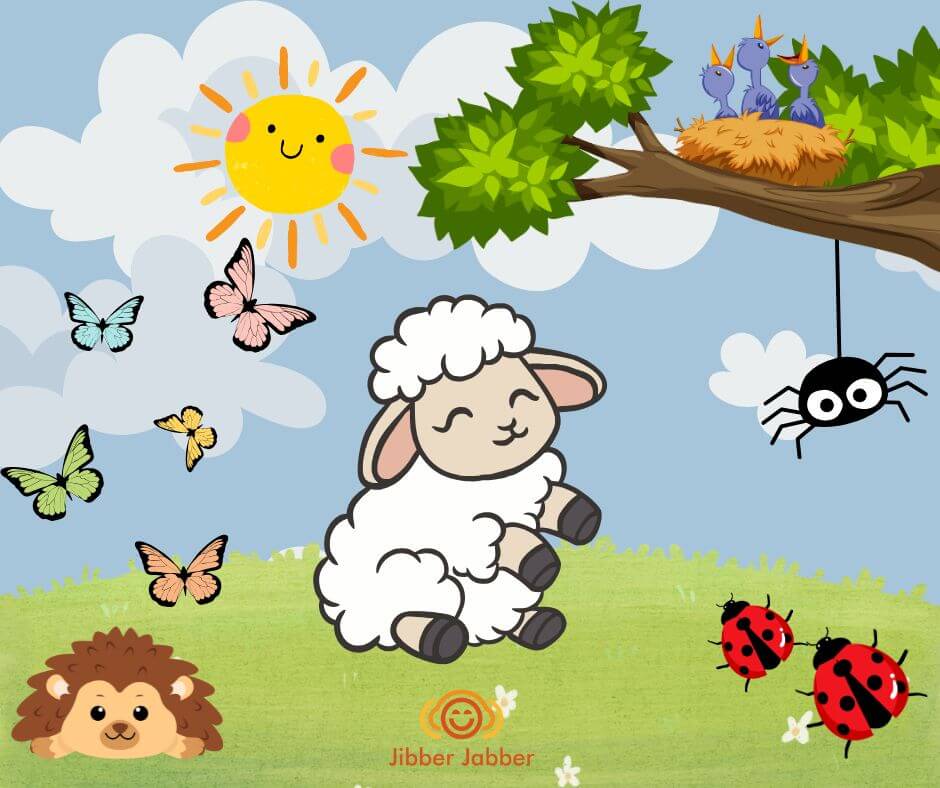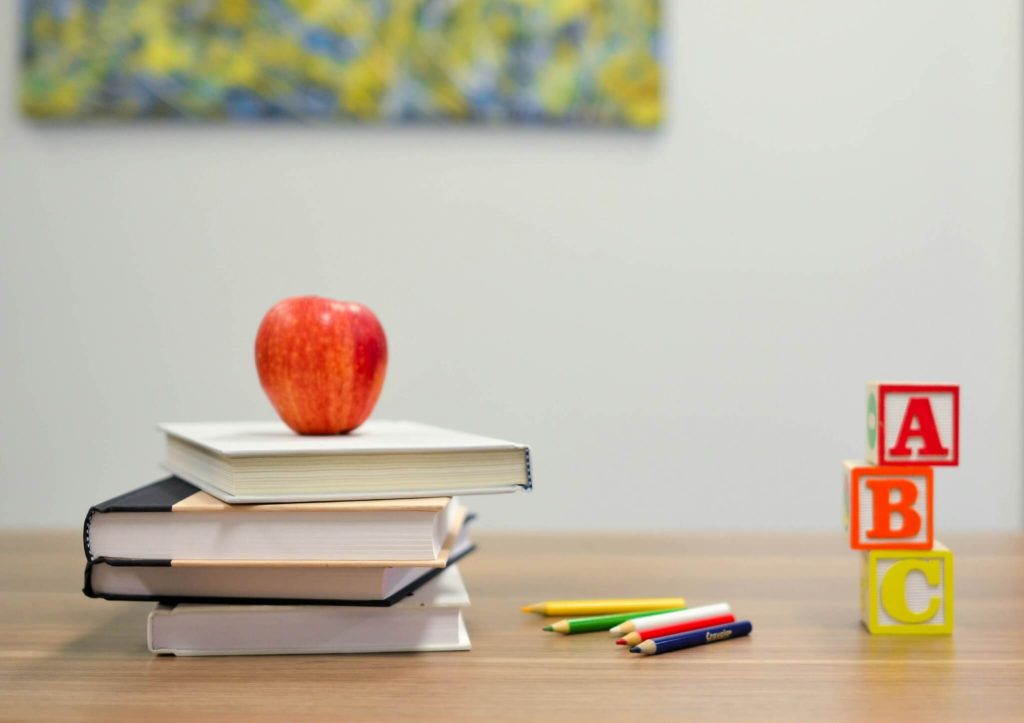
Let’s be honest—if phonics lessons are boring, we’ve already lost half the battle. Young children thrive on play, movement, songs, stories, and fun. So when it comes to teaching them how to read and write, we’ve got to meet them where they are—right in the middle of giggles and wiggles!
I’ve been teaching Jolly Phonics for years, both here in the UK and overseas, and one thing I know for sure: when lessons are fun and engaging, children learn faster, remember more, and actually enjoy the process. Isn’t that what we all want?
Here’s why keeping phonics fresh and exciting makes such a big difference and I am going to show you some fun phonics activities for early years:
1. Little Brains Need Big Motivation: Why Fun Phonics Works in EYFS
Young learners aren’t just sitting there thinking, “I must master these digraphs today.” Nope—they’re looking for excitement, play, and a sense of success. Fun phonics activities like action songs, games, silly stories, and hands-on resources give them a reason to join in. And once they’re in, they’re learning—without even realising it!
Kids aren’t motivated by drills—they’re drawn in by joy. That’s why rhyming games like Chick and Bunny Rhyming Pairs 🐣🐇 work wonders. A simple set of spring-themed word cards (think bunny–funny, chick–brick) turns into a giggle-filled matching game, and before you know it, they’re repeating rhymes and inventing new ones of their own.
The learning? It’s all there. The motivation? Off the charts.

2. Repetition Without the “Ugh”: Making Practice Fun in Early Years
We do need repetition in phonics. —no doubt about it. Kids need to see, hear, and use the same sounds over and over again to really master them. But doing the same worksheet every day? No thanks. Repetition doesn’t have to be dull. In fact, when we make phonics fun for kids and turn it into a game or challenge, kids want to do it again and again! That’s the magic.
One of my favourite go-to activities this time of year is the Springtime Sound Hunt 🌼🔍. I hide spring-themed picture cards or objects around the room—like b for butterfly, r for rain, or f for frog. Then I send the kids on a phonics scavenger hunt!
They race around, finding items, saying the beginning sound (or blending the full word), and then challenge themselves to write the word or even pop it into a sentence. It’s sneaky repetition—they’re learning, but it feels like play.
Activities like this make practice exciting, and when kids are engaged, the learning really sticks.
3. Confidence Grows When It’s Fun: Boost Early Literacy with Joyful Learning
I’ve seen it time and time again: when a child laughs while learning, they feel confident to try—even if they make mistakes. An engaging phonics lessons for reception lowers anxiety and helps learners take those first steps into reading and writing without fear. It’s okay to get it wrong when everyone’s having a good time.
You know that sparkle in a child’s eyes when they realise “Hey, I can do this!”? That’s the moment we’re aiming for. And it happens so much more often when learning is fun, playful, and pressure-free.
Take something like the Leafy Letter Hop —it’s such a hit, especially in springtime! I write CVC words or tricky words on coloured leaf cutouts and lay them on the floor like a little hopscotch trail. When I call out a word, the child hops from leaf to leaf, saying each sound out loud before blending the word together.
Not only are they moving and laughing, but they’re also practising an essential phonics skill—and every successful hop builds their confidence just a bit more. They feel proud, capable, and ready for the next challenge.
When we make phonics playful, kids are far more likely to take risks, try new words, and stick with it when it gets tricky. That’s where the real growth happens.

4. Fresh Ideas Keep Us Motivated Too! Phonics Training That Inspires
Let’s not forget about us—teachers, TAs, support staff. When we try something new in our phonics lessons, it keeps us engaged too. That energy passes on to the children. If you’re excited to teach it, they’ll be excited to learn it and with the best phonics tips for early years educators we can make this happen.
5. Fun Builds a Love for Literacy: EYFS Phonics that Sticks
Ultimately, we want children to love reading and writing. When phonics lessons are lively and full include games for young children, we’re laying the foundation for that love. These early experiences shape their attitude toward literacy for years to come—so let’s make them positive, playful, and packed with purpose.
At the end of the day, we’re not just teaching phonics—we’re building readers and writers who want to pick up a book or grab a pencil. When phonics lessons are fun and meaningful, we spark a genuine love for language.
One of my favourite ways to do this is through Spring-Themed Storytelling 📖🌸. It’s such a simple but powerful activity that gets kids using their phonics skills creatively.
I show them a bright, cheerful spring scene—think flowers blooming, bees buzzing, sunshine and baby animals. Then, using key words that include the phonics patterns they’re working on (like rain, bee, nest, or sun), they create their own stories.
Younger learners can dictate their stories and draw pictures to go with them, while older children can write their stories out themselves. It’s amazing how much confidence this builds—they’re using their phonics knowledge in a real, meaningful way, and they’re so proud of what they create.
This kind of activity doesn’t just reinforce phonics—it makes literacy come alive.

Curious about the bigger picture behind all these fun phonics activities? 👉 Check out The Power of Phonics to see why these early steps matter so much.
At Jibber Jabber Phonics, I help nursery and reception teams bring joyful energy into their classrooms. Whether you’re a teacher, TA, or part of the support staff, my hands-on training makes phonics fun, practical, and easy to use in real early years settings.
No matter which phonics programme your school follows, I can help you get the most out of it. Whether you’re new to phonics or just need a refresh, I’m here to support you every step of the way.
When learning is joyful, little ones thrive—and the results speak for themselves.
Looking to energise your phonics lessons in EYFS? I offer practical phonics training for nursery and reception staff across the UK. Let’s chat! Interested in phonics CPD? Click here.
Frequently Asked Questions
Q: What are some fun phonics activities for nursery children?
A: Games like sound hunts, rhyming pairs, and story-based word building are great ways to make phonics fun and engaging for young learners.
Q: Can these phonics ideas work with my phonics programme]?
A: Absolutely. Whether you use Jolly Phonics, Letters and Sounds, Little Wandle, or another programme, these playful approaches can enhance any system.
Q: Do you offer phonics training for nursery and reception staff?
A: Yes! I provide practical, hands-on training to help early years teams get the most out of their phonics sessions—no matter what programme they follow.


